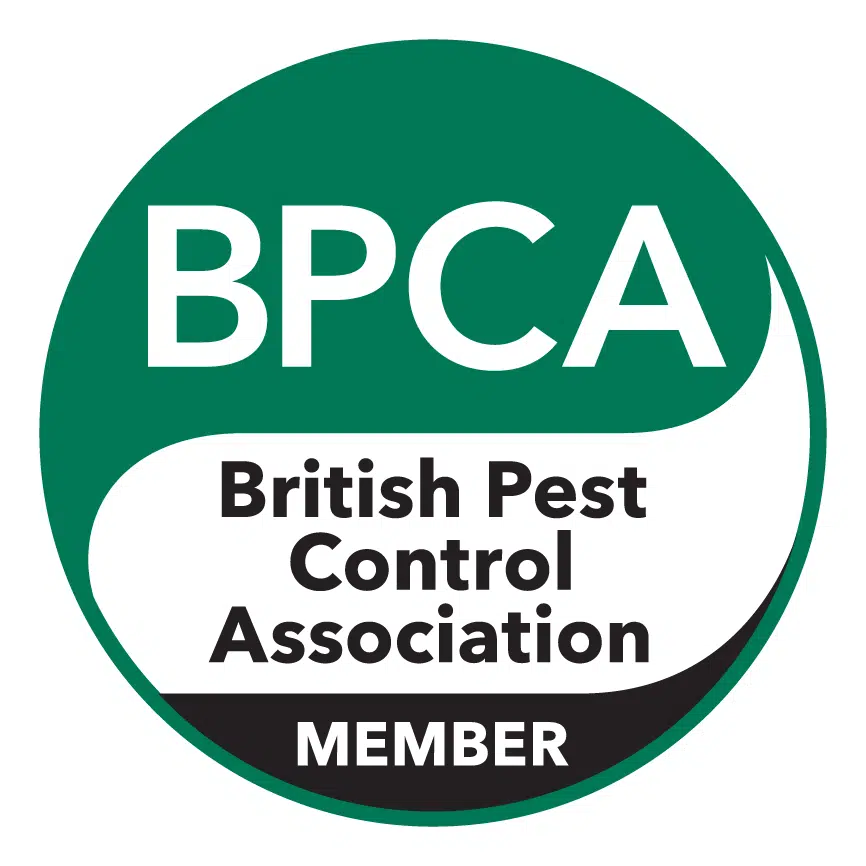Bed bugs are built to hide: deep in mattresses, furniture, skirting boards and wall voids. Heat treatment overcomes those hiding places by turning the whole room into a controlled lethal environment.


At sustained temperatures of around 50–60°C, heat reaches where sprays and dusts cannot, destroying eggs, nymphs and adults in a single visit. This guide goes deeper than a simple overview and explains the science, the workflow, and what it means for your home and belongings.
For the step-by-step overview of our service, see the ThermoPest Heat Treatment Process and our core Bed Bug Heat Treatment page.
Professional heat remediation is a whole-room thermal process using industrial heaters, fans and sensors to raise and hold room temperatures high enough, long enough, to kill bed bugs at every life stage.
Airflow is engineered with high-volume fans so heat moves by convection, then conducts through fabrics, timber and upholstery into cracks and seams. We place thermocouple sensors on “worst-case” points to confirm those cores have hit and held lethal temperatures.
Related reading: How to check for bed bugs
Penetration & eggs: Most insecticides need direct contact and struggle to affect eggs, which are protected in seams and voids. Heat penetrates those materials and denatures proteins inside eggs and live insects, stopping development and killing outright.
Resistance: UK bed bug populations frequently show insecticide resistance. Heat is a physical control method; bugs cannot develop resistance to the laws of thermodynamics.
Speed & downtime: Heat delivers full coverage in one visit, with rooms typically back in use the same day. Sprays often require multiple revisits and re-entry delays.
Residue & safety: Heat is chemical-free. No lingering smells or residues on soft furnishings—ideal for homes, hotels and care environments.
If you’re weighing options, compare outcomes on How to kill bed bugs and How to get rid of bed bugs.
Heat damages bed bugs in three overlapping ways:
Adults, nymphs and eggs each have slightly different tolerance, which is why we hold temperature long enough to eliminate the least heat-tolerant through to the most protected eggs in thick materials.
Getting lethal heat into the hardest-to-reach micro-habitats is the craft:
If your property has unusual construction or heavy furniture, we factor that into the treatment plan. See our detailed Heat Treatment Process.
Most household contents tolerate professional treatment temperatures well, but we manage a few categories carefully:
Remove before treatment
Protect or isolate
Usually fine
You’ll get a concise list in your Preparation guide. If in doubt, ask your technician; we routinely advise on specific items.
Real examples: Case studies.
For urgent situations, see Emergency bed bug removal.
Leading experts in bed bug control
Guaranteed quick and rapid responses to urgent infestations
For ongoing problems, use our preventative contracts
Professional treatments operate around 50–60°C. We hold temperature long enough that even insulated points (mattress cores, furniture frames) reach lethal levels, ensuring eggs, nymphs and adults are all destroyed.
It varies by size, construction and clutter, but a typical residence is completed in one visit over several hours, including ramp-up, heat soak and cool-down.
We manage doors, airflow and boundary measures so there are no safe harbours. In multi-room properties we may include adjacent rooms to prevent migration.
Heat alone achieves eradication. In some scenarios we add a light physical dust at perimeters as a precaution during ramp-up; no residual chemical sprays are required for effectiveness.
Yes. It’s discreet, fast and chemical-free, so rooms and wards can be returned to use quickly. See sector pages for detail: Hotels and Care homes.
If you want a one-visit, chemical-free solution that reaches the places sprays miss, talk to ThermoPest. Start here: Bed Bug Heat Treatment or contact us.
Speak to a bed bug expert today!
Enter Your Details To Request A Call Back
Enter Your Details To Request A Call Back
Enter Your Details To Request A Call Back
Enter Your Details To Request A Call Back
Enter Your Details To Request A Call Back